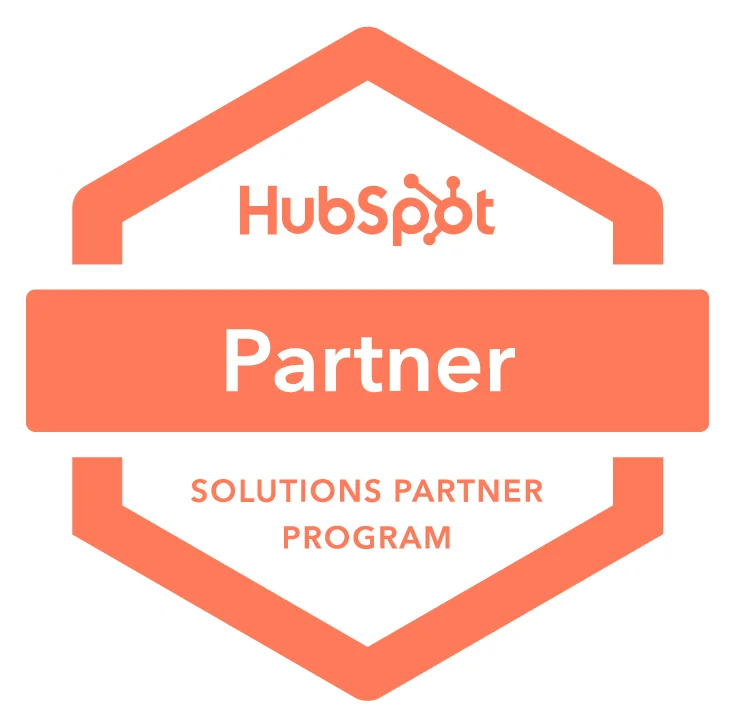Streamline your sales, marketing, and customer service with our customized HubSpot automation solutions.
We build smart automations to connect HubSpot with your existing tools, eliminate manual work, and optimize your customer journey from lead to loyalty.
Our HubSpot Automation Services Include:
- Custom HubSpot Workflow Automation
- HubSpot CRM + Email Parsing Integration
- Third-Party Tool Integration (Make.com, Zapier, and more)
- Automated Lead Qualification & Nurture Flows
- Marketing & Sales Sync Across Platforms
- Real-Time Deal Stage & Task Updates
... and more tailored automation to help your team save time, stay organized, and scale faster!

HubSpot is a modular CRM that covers four main functions:Marketing, CRM & Sales, Customer Service and CMS. In addition to the various price packages, the software offers functions that can be booked flexibly, depending on requirements. All are based on HubSpot’s basic function, the CRM platform. In addition to a free version, there are also paid packages. Building on this CRM, there are then further “hubs” (this is what HubSpot calls the functionalities): Customer Service, CMS, Marketing and Sales. These can be booked individually on the CRM on-top.
It is precisely this modularity that makes HubSpot particularly attractive for start-ups and fast-growing companies: Functions that are not (yet) required do not have to be paid for, but can be booked in the future. This means there is no need to change the CRM at a later date.


Industry Expertise
With years of experience, our team possesses the knowledge and skills necessary to deliver high-quality, efficient solutions.

Custom Solutions
We understand that each business is unique. That's why we offer customized integration services tailored to meet your specific requirements.

Proven Results
Our portfolio of successful integrations speaks for itself. Check out our case studies and client testimonials to see the impact of our work.

Reliable Help
We're with you every step of the way. From initial consultation to post-integration support, our team is dedicated to ensuring your success.

FAQ
- What is HubSpot?
HubSpot is a leading customer platform designed to help businesses grow better. It offers powerful tools for CRM, marketing, sales, and customer service — all in one place. With HubSpot’s automation and analytics, businesses can attract more qualified leads, streamline communication, and build stronger customer relationships.
- How does HubSpot improve business operations?
HubSpot boosts productivity by centralizing customer data, automating manual tasks, and personalizing communication across every stage of the customer journey. From capturing new leads to closing deals and delighting clients, HubSpot empowers your team to work smarter, not harder — with real-time insights and automation at every step.
- Use Cases for HubSpot
HubSpot is used by startups, SMBs, and enterprises across industries like tech, retail, real estate, professional services, and more.
Common use cases include:
- Lead capture and nurturing
- Automated email marketing
- Sales pipeline management
- Customer support ticketing
- Workflow automation and task tracking
- Marketing analytics and reporting
- CRM integrations with tools like Slack, Make, or Google Sheets













%2520(1).webp)















.png)
.png)



.avif)
